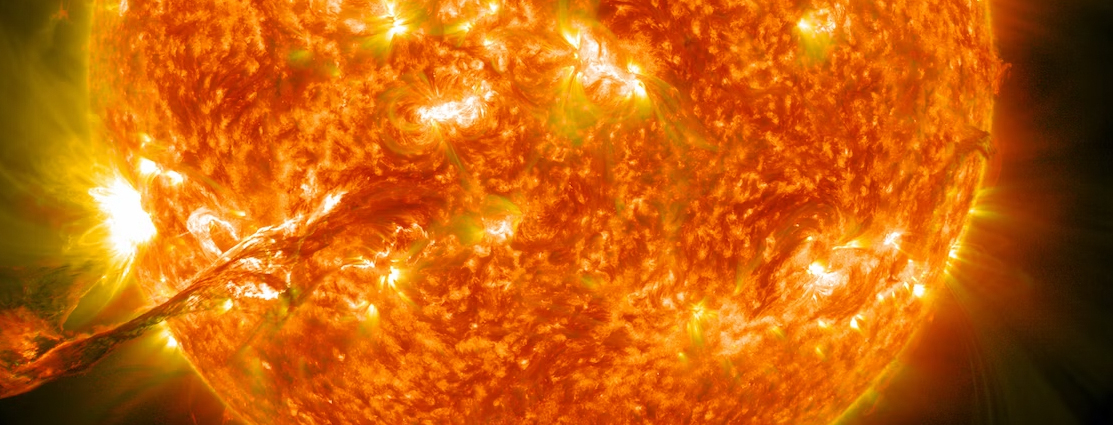3,2,1... Blast off to a more sustainable future! Today we'll talk about an innovative technology that could change the way energy is generated. Can you imagine if there was a way solar energy could be captured uninterrupted, 24 hours a day?
This is the goal of solar energy sent from space. We’ll tell you all about it!

Solar power from space
For decades, researchers have recognised there is great potential in space-based energy: constant, efficient production could be maintained without the limitations of day and night cycles or weather phenomena.
Power is generated by orbiting satellites that collect energy and send it wirelessly to Earth. For the first time in many years, the California Institute of Technology has achieved the first transmission of solar power from space to Earth. Transmission was made possible by MAPLE (Microwave Array for Power-transfer Low-orbit Experiment) technology.
How does it work?
For decades, researchers have recognised there is great potential in space-based energy: constant, efficient production could be maintained without the limitations of day and night cycles or weather phenomena.
Power is generated by orbiting satellites that collect energy and send it wirelessly to Earth. For the first time in many years, the California Institute of Technology has achieved the first transmission of solar power from space to Earth. Transmission was made possible by MAPLE (Microwave Array for Power-transfer Low-orbit Experiment) technology.
How does it work?
Explanatory video of the process of wireless transfer of solar energy from space to Earth. Credits: California Institute of Technology (Caltech)
This solution promises to overcome the limitations of terrestrial solar generation and represents a major breakthrough in the energy system: democratising access to energy by providing a continuous, clean source of electricity.
While this energy source has undeniable potential, there are still challenges that must be overcome, such as the cost and infrastructure required to harness the energy transmitted to Earth.
Find out more about the exciting world of renewable energy!
You might also be interested in...





